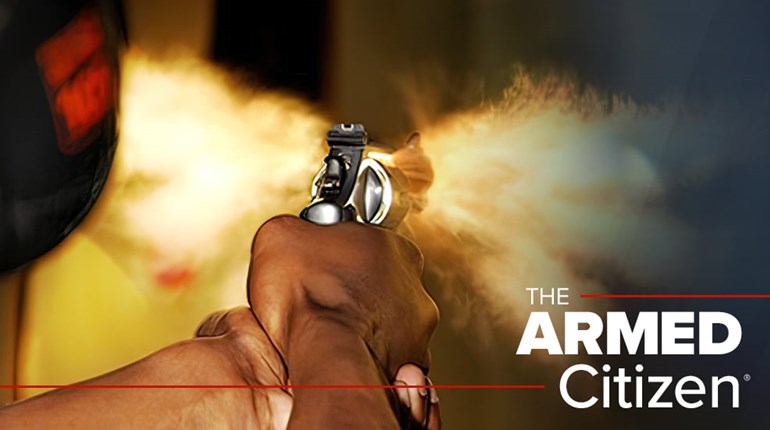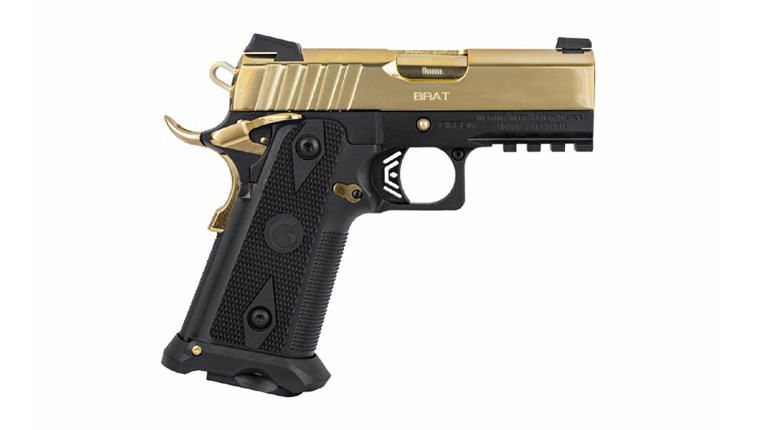
In the twilight of the nineteenth century, the U.S. frontier was a tenuous place to be; especially for women, as they were often left alone for long stretches of time to fend for the family. The nearest help for them might be miles away down dark and dusty roads.
But with all the struggles and insecurity for many of the women who came before me, it was also a time of tremendous social rebellion, autonomy, and discovery. It was a time when many women not only picked up firearms as a means of self-protection, but also when they laid the foundation for the rights we have today.
With March serving as the eponymous Women’s History Month, there is no better time than now to illuminate the women who held their own.
Most of us are well aware of the pioneering path carved by Annie Oakley (1860-1926), who is arguably the most-distinguished female shooter in the musty-scented history books. Dubbed “Little Sure Shot,” she shot to stardom after joining the iconic Buffalo Bill’s Wild West Show. She performed incredible feats of marksmanship, such as blasting a cigar from the lips of the German Emperor Kaiser Wilhelm. She also rounded up 50-some fellow women sharpshooters to enter the U.S. Army in advance of the 1898 Spanish-American War, and taught upwards of 15,000 women the tricks of the shooting trade.
Yet Oakley was hardly alone when it came to the notion of the armed woman. Many trailblazers’ bold endeavors have since inspired generations of strong-minded, independent women who are not afraid to take up arms in times wrought with confusion and conflict. Here are just a few:
CALAMITY JANE (1852-1903)
A noted scout for the U.S. Army serving along the nation’s hinterlands, Calamity Jane (born Martha Jane Cannary) surged into the realm of gunslinger prominence by fighting several fierce battles throughout the West. Rough around the edges, but known for her philanthropic efforts to tend to those with fatal typhoid fever, Jane later joined the folds of those touring in the Buffalo Bill’s Wild West Show, not to perform like Oakley, but to share stories of her forays on the frontlines.
HARRIET TUBMAN (1822-1913)
She packs a multi-faceted portrait: a resolute, passionate embodiment of armed anti-slavery resistance. It wasn’t enough for Tubman to save only herself from slavery. She also rescued at least 70 others via 13 clandestine trips to Maryland, armed with a pistol for personal protection. During the Civil War, Tubman carried a rifle and became the first woman to lead an armed assault during the Civil War. On the morning of June 2, 1863, Tubman guided three steamboats around Confederate mines in the waters leading to the shore. When the steamboats sounded their whistles, slaves throughout the area understood they were being liberated. More than 750 slaves were rescued in the Combahee River Raid. Northern newspapers sung of Tubman's “patriotism, sagacity, energy, [and] ability.”
She also endured racism. In a then-famous example, during a train ride to New York in 1869, the conductor ordered her to move into the baggage car. She showed government-issued papers that entitled her to ride there. With the help of two other passengers, the conductor forced her to go—breaking her arm in the process. Her act of defiance to this unequal treatment was reported and later cited when Rosa Parks refused to move from a bus seat in 1955.
Many of the images of Tubman show her armed, as she knew firsthand how important the right to bear arms was and is.
JANE FRAZIER (1735-1815)
As one of the first gunsmiths in America, Frazier’s storied skills came in handy in 1755, when she was abducted by Native Americans and taken into the Ohio Valley. But as the legend goes, she eventually got her hands on a defective musket, fixed the firearm, and slithered her way out on a canoe. She found her way home.
CATHAY WILLIAMS (1844-1893)
Williams was the first Black woman to enlist in the U.S. Army, getting around the gendered protocol by disguising herself as a man and dubbing herself “William Cathay.” Despite almost half a dozen hospitalizations throughout her military tenure, no one in the service ever learned of her true gender.
MRS. ALBERT F. WALKER (Unknown Date of Birth)
Competition shooters of today can tip their hats to Mrs. Albert F. Walker. In 1937, she won the prestigious title of women’s skeet shooting champion of the country, as affirmed by the National Skeet Shooting Association. She set the women’s record, successfully targeting 99 birds out of 100, and in the process, eclipsed both men and women competitors in Maryland and the District of Columbia.
Indeed, the gun-toting women of yesteryear is a large file. And while the conventional history of early America often omits the tough and resolute women who made their mark, let’s use Women’s History Month as a reminder of the impact of those who came before us.


































